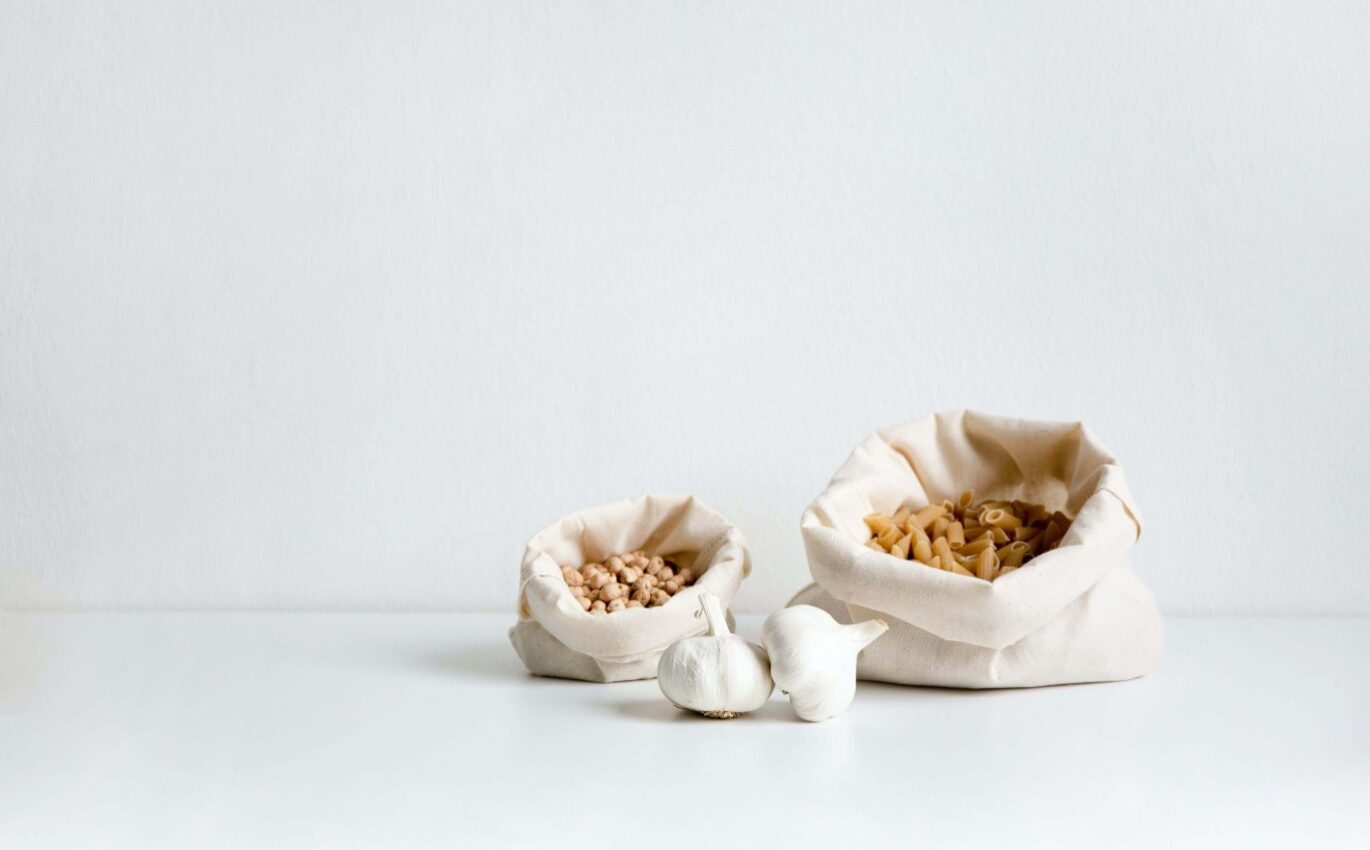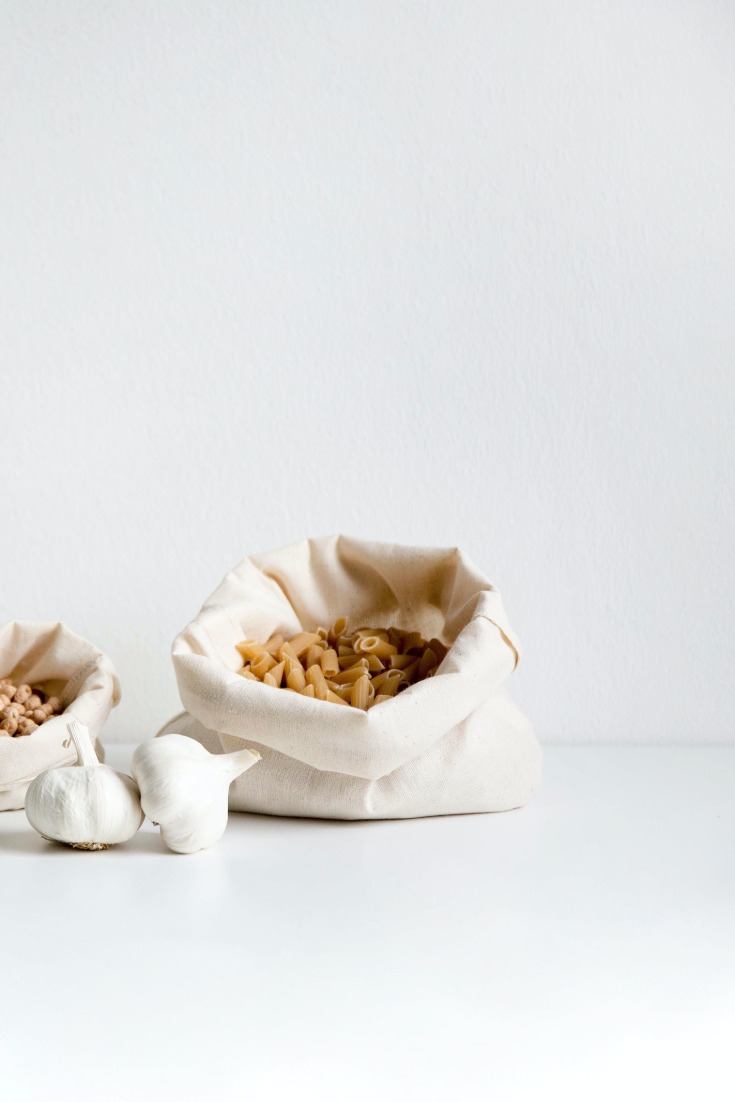Whether you call it Low Waste, Minimal Waste or Zero Waste, it’s for anyone and everyone trying to make a difference. In other words, it’s for people who care and are looking to make the world a better place for themselves and future generations. Reduce your impact, footprint and waste with tried and tested frameworks and principles that I’ll cover below. You’ll need to add to the well-known 3Rs: Reduce, Reuse, Recycle. Doing a bit more goes a long way.
Some find that the term Zero Waste can be polarizing and split people up, those who care about waste and those who don’t. It doesn’t need to be. Others think that the term Zero Waste is misleading but it’s a goal; it’s something to strive for. No one in our current system can be 100% Zero Waste. Therefore, it isn’t about being perfect, it’s about trying your best by creating less waste and helping to change the system along the way.
Many influential people in the sustainable living realm have come before me. They have lived this lifestyle for years and have come up with Zero Waste frameworks to live by and guide you on your journey. First, try these out. Second, adjust them to suit your needs and location. Finally, if you don’t like rules, use them for guidance and find what works for you! The three examples below are from great Zero Waste books and are an great starting point. I am sure there are some other great ones out there so please share your insights in the comment section.
Bea Johnson’s 5R Framework
- Refuse: Refusing helps eliminate a lot of waste from the start. It’s about saying “no” to free stuff that becomes instant waste
- Reduce: Simply reduce what you’re purchasing by being mindful about what you need and want. This goes hand-in-hand with refusing
- Reuse: Reusing and repairing go hand in hand. When you’re deciding whether to toss something out and buy a new one, ask yourself if you can find a way to reuse or repair it. Reusing also means selling or donating your used items so they go to loving homes instead of the landfill
- Recycle: One of the most pervasive ways to reduce waste is to recycle, but recycling is far from perfect
- Rot: Compost everything you can
www.zerowastehome.com

Shia Su’s 5R Framework
- Rethink: Be empowered! Challenge the status quo
- Reduce: Less is more, pare down and give your things a second life
- Repair: Prolong the lifespan of things, items can be repaired, mended, or patched up to squeeze some more life out of them
- Reuse: Reusables instead of disposables, luckily, there is a reusable alternative for almost every single-use item
- Recycle: Divide and conquer and recycle whatever is recyclable
www.wastelandrebel.com

Erin Rhoads’ 7R+ Framework
- Redesign: 80% of a products impact is determined at the concept phase, speak up!
- Rethink: What you buy and what you throw away
- Refuse: The unnecessary or poorly designed, saying no is also free
- Reuse: And choose items that can be reused again and again, reimagine a new use for a product
- Reduce: Meaningless waste by removing items from your life, question what you bring into your life
- Share: Resources, food and possessions with you community
- Repair: The goods you own with your skills or by supporting others who can
- Compost: By choosing materials as close to nature as possible, dispose of them properly
- Recycle: When the previous steps are unavoidable, do it correctly
- Choose Kindness: Being mindful and conscious with the stuff we buy and how we buy it
- Be the Change: And be proud of your efforts big and small
www.therogueginger.com

Where to start?
If it seems like a lot to take in and too much change at once, start small and work your way up. A great place to start is to remove disposables from your life. Stop using single-use items! In this day and age, there are many great reusables alternatives. Here is an update on Shia Su’s great list:
Replace disposables
- Disposable razors – electric shaver, straight-edge razor, safety razors
- Cotton rounds – washable cotton rounds
- Tissues – handkerchiefs
- Paper towels – microfibre, cotton cloths and reusable paper towels
- Paper napkins – cloth napkins
- Dish sponge – cotton cloth, wooden brush with natural bristles
- Tea bags – loose tea and a tea strainer/ french press
- Coffee pads/ filter cones – french press/moka pot/reusable coffee filter cones or pads
- Baking parchment – grease the cake pan/ silicon mat
- Tin foil/ cling film – put it in a food container or jar, or wrap it in a dish towel
- Paper bags/ plastic bags – bring your own cloth/ tote bag
- Disposable lunch bags – stainless steel food containers, mason jars, dish towels
- Bottled water – a good quality glass or stainless steel water bottle (preferably plastic-free or at least BPA-free) and tap water; if you do not trust tap water cook it beforehand (you use it for cooking anyway, right)
- Plastic straws – bamboo, stainless steel or glass straws
- Plastic cutlery – bamboo or stainless steel or camping utensils
- Toothpicks – Stainless toothpicks, turkey lacers
- Muffin paper liners – grease your muffin tray/silicone liners
- Trash bags/ bin liners – at some point you might not need those anymore ;), until then go for newspaper origami
- Cleaning wipes – microfibre or cotton cloth and your homemade vinegar cleaning solution (1/4 cup distilled vinegar + 1 cup of water)
- Toilet paper – a bottle, water, soap and a washcloth, bidet, Japanese seat or toilet
Also, pack your lunches in reusable food containers and bring your own containers to restaurants and stores.
Shia Su’s Wasteland Rebel blog
Remember to use what you already have before replacing it unless you can pass it on to someone else or someone in need. Moreover, the idea isn’t to buy more products if you already have some but replace them with reusables once you need them. Most importantly, consume less, but better.
Thanks for reading, subscribe below for regular updates. Please share on your socials.
Pat
Pat is a Ski Patroller/Avalanche Technician with a keen interest in design and sustainable living due to a longtime passion for the outdoors. Seeing glaciers melt, seasons change, summer skies full of smoke and beach pollution first hand, motivate him to make a difference.
As Yvon Chouinard Founder of Patagonia says “If you are not part of the solution, you are still part of the problem”.

